
Robotic Process Automation (RPA) Revolutionizing Business Processes
Introduction
In today’s fast-paced business environment, organizations strive to streamline operations, reduce costs, and enhance efficiency. Robotic Process Automation (RPA) has emerged as a transformative technology that revolutionizes business processes across industries. RPA leverages intelligent software robots to automate repetitive and rule-based tasks, enabling organizations to optimize productivity, accuracy, and scalability. This blog explores the benefits, applications, and future prospects of RPA in business processes.
Enhancing Efficiency and Accuracy
One of the primary advantages of RPA is its ability to enhance efficiency and accuracy in business processes. By automating mundane and repetitive tasks, such as data entry, form processing, and report generation, RPA reduces the reliance on manual labor. Software robots operate 24/7 without fatigue, ensuring round-the-clock productivity. Moreover, RPA eliminates human errors, leading to improved accuracy and compliance. By freeing up employees from repetitive tasks, organizations can redirect their workforce towards more strategic and value-added activities.
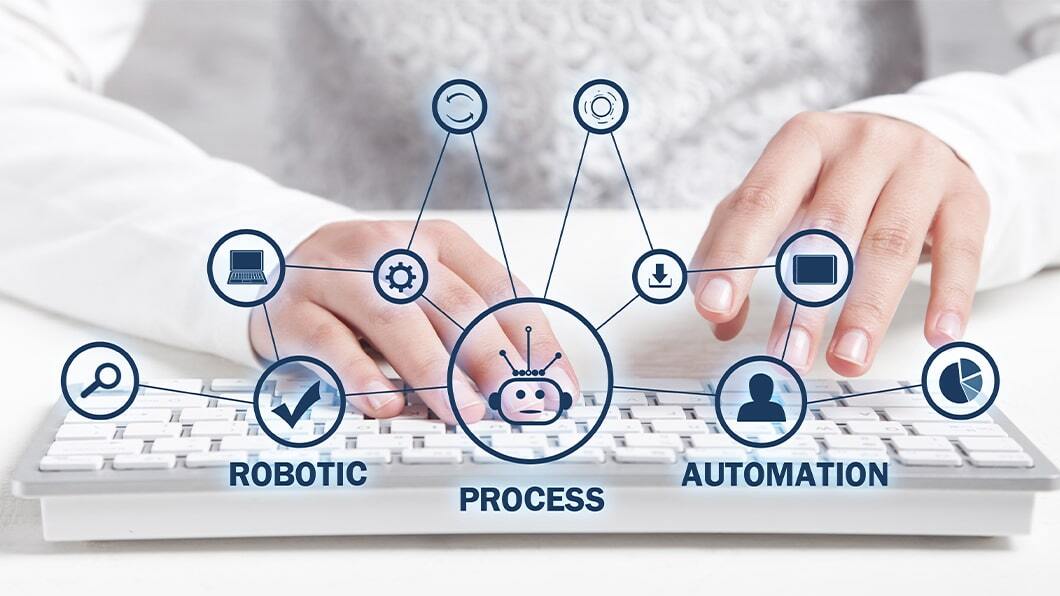
Cost Reduction and Scalability
RPA offers significant cost reduction opportunities for businesses. By automating routine tasks, organizations can achieve substantial savings in labor costs. Instead of hiring additional employees to handle increased workloads, RPA enables businesses to scale operations without incurring additional personnel expenses. Additionally, RPA reduces operational costs associated with human errors, rework, and compliance violations.
Flexibility and Integration
RPA is a versatile technology that can seamlessly integrate with existing IT infrastructure and software applications. Software robots can mimic human actions and interact with various systems, including legacy systems, web-based interfaces, and enterprise resource planning (ERP) software. This flexibility enables organizations to automate end-to-end processes across different departments and systems, enhancing cross-functional collaboration and data exchange.
Improved Customer Experience

RPA plays a crucial role in enhancing customer experience. By automating customer-facing processes, such as order processing, invoice generation, and customer support, organizations can provide faster and error-free services to their customers. RPA enables real-time data retrieval and processing, leading to faster response times and improved customer satisfaction. Additionally, by automating back-office processes, organizations can allocate more time and resources to customer-facing activities, fostering stronger customer relationships.
Compliance and Risk Management
Compliance with regulations and risk management are critical considerations for businesses. RPA ensures compliance by executing processes according to predefined rules and regulations. By automating compliance checks, data validation, and audit trails, RPA minimizes the risk of errors and non-compliance. Furthermore, RPA generates detailed process logs and reports, providing organizations with visibility and transparency into their operations, facilitating internal and external audits.
Future Prospects
The future of RPA looks promising, with advancements in artificial intelligence (AI) and machine learning (ML) technologies. Intelligent automation, powered by RPA, AI, and ML, enables software robots to learn from patterns and make intelligent decisions. This allows for more complex and cognitive tasks to be automated, further enhancing productivity and efficiency. RPA is also expanding its reach into new domains, such as healthcare, finance, and human resources, offering endless possibilities for process automation.
Expanding Skill Sets and Collaboration
RPA not only frees up employees from mundane tasks but also opens up opportunities for upskilling and reskilling. As software robots take over repetitive tasks, employees can focus on developing new skills, such as data analysis, problem-solving, and customer engagement. This shift in responsibilities fosters a culture of continuous learning and professional growth within organizations. Additionally, RPA promotes collaboration between humans and robots. Employees can work alongside software robots, leveraging their capabilities to achieve higher productivity and efficiency in their daily tasks.
Implementation Challenges and Considerations
While the benefits of RPA are evident, it is essential to acknowledge the implementation challenges and considerations associated with this technology. Organizations must carefully plan and strategize their RPA initiatives to ensure successful deployment. Some key considerations include:
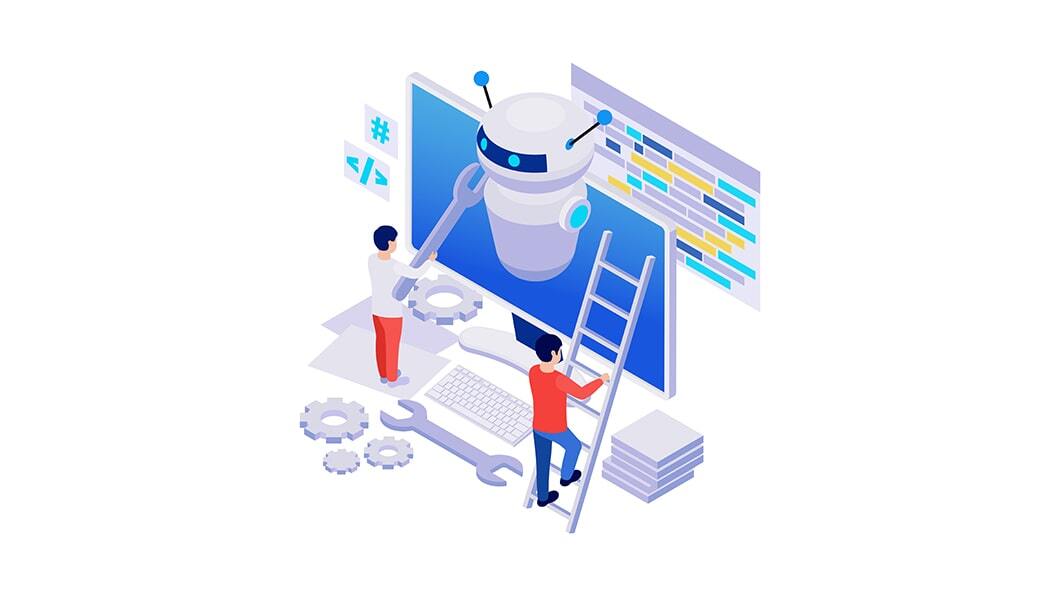
- Process Identification: Identifying the right processes for automation is crucial. Not all processes are suitable for RPA, and organizations should prioritize those that are repetitive, rule-based, and high in volume.
- Stakeholder Engagement: Involving key stakeholders, such as process owners, IT departments, and employees, is vital for successful RPA implementation. Effective communication and collaboration ensure buy-in and support from all parties involved.
- Data Security and Compliance: As RPA involves the handling of sensitive data, organizations must prioritize data security and compliance. Implementing robust security measures, access controls, and encryption protocols are essential to protect data integrity and privacy.
- Change Management: Introducing RPA may require a shift in organizational culture and mindset. Employees may have concerns about job security or resistance to change. A well-defined change management strategy can address these concerns and ensure a smooth transition.
- Scalability and Maintenance: RPA initiatives should be scalable to accommodate future growth and changing business needs. Regular maintenance and monitoring of software robots are necessary to ensure optimal performance and identify opportunities for improvement.
Future Implications
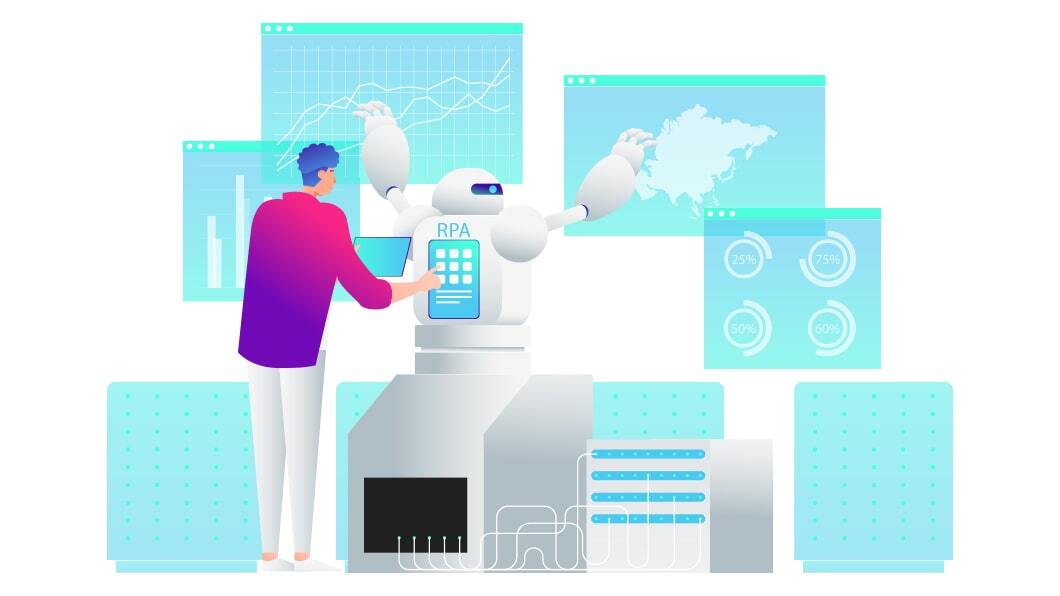
As technology continues to advance, the future implications of RPA in business processes are vast. Here are some notable trends to watch out for:
- Hyperautomation: RPA combined with AI and ML technologies will enable hyperautomation, where intelligent software robots can handle more complex tasks that involve decision-making and unstructured data analysis.
- Cognitive Automation: RPA will evolve to incorporate natural language processing (NLP) and machine learning capabilities, enabling software robots to understand and respond to human interactions more intelligently.
- Process Discovery: AI-powered process discovery tools will assist organizations in identifying and analyzing processes for automation, providing valuable insights into process inefficiencies and optimization opportunities.
- RPA-as-a-Service: Cloud-based RPA solutions will become more prevalent, allowing organizations to leverage RPA capabilities without heavy upfront investments in infrastructure and software licenses.
RPA in the Post-Pandemic World
The COVID-19 pandemic has accelerated the adoption of digital technologies, including RPA, as organizations strive to navigate the challenges posed by remote work and operational disruptions. RPA has proven to be particularly valuable during these times, as it allows businesses to maintain continuity by automating critical processes and reducing dependency on physical presence.
The pandemic has highlighted the importance of agility and resilience in business operations. RPA enables organizations to quickly adapt to changing circumstances by automating processes and workflows. It offers the flexibility to scale operations up or down rapidly, ensuring businesses can respond effectively to fluctuating demand and market conditions.
Furthermore, RPA facilitates remote work capabilities by enabling employees to access and interact with automated processes from anywhere. This remote accessibility ensures business continuity even in situations where employees cannot physically be present in the office. RPA-powered virtual workforces have proven to be invaluable in maintaining operations during lockdowns and restrictions.
The Future of Work and RPA
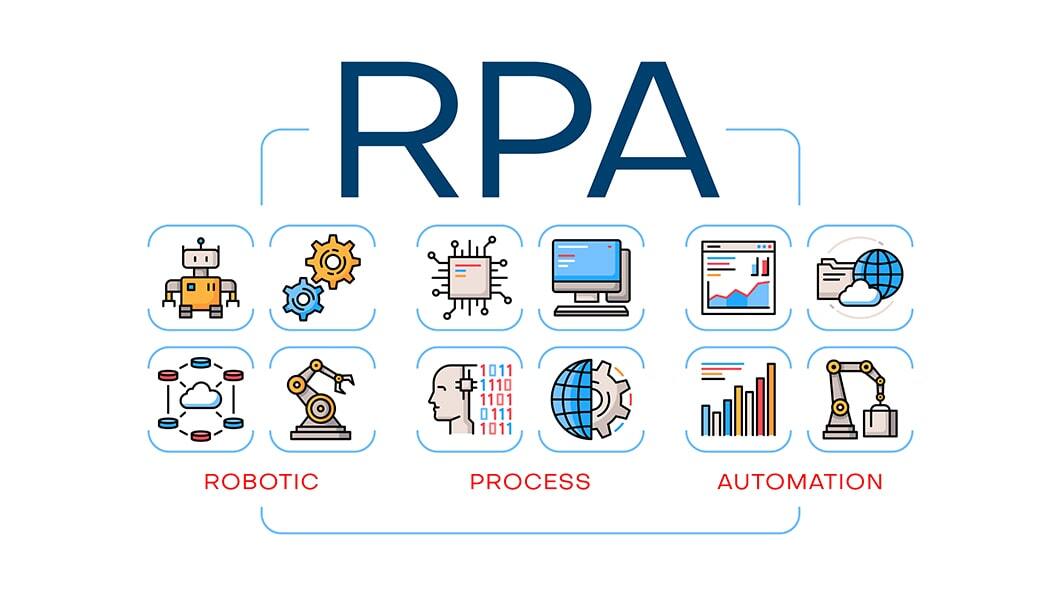
As organizations embrace hybrid work models and digital transformation initiatives, the role of RPA in shaping the future of work becomes increasingly prominent. Here are some key aspects to consider:
- Augmented Workforce: RPA enables a collaborative environment where software robots and human workers complement each other’s capabilities. Employees will work alongside software robots, leveraging their automation and data processing abilities to achieve higher levels of productivity and efficiency.
- Focus on Complex Tasks: With routine and mundane tasks automated, employees can devote more time to complex and strategic activities that require human judgment, creativity, and critical thinking. RPA empowers employees to become more strategic contributors within their organizations.
- Upskilling and Reskilling: The integration of RPA necessitates a shift in skill requirements. Organizations will need to invest in upskilling and reskilling their workforce to leverage the full potential of RPA. This includes developing expertise in managing and maintaining software robots, analyzing automation opportunities, and driving process improvements.
- Ethical Considerations: As RPA becomes more advanced and autonomous, ethical considerations become crucial. Organizations must establish guidelines and governance frameworks to ensure responsible use of RPA, addressing issues such as data privacy, algorithmic bias, and human oversight.
Conclusion
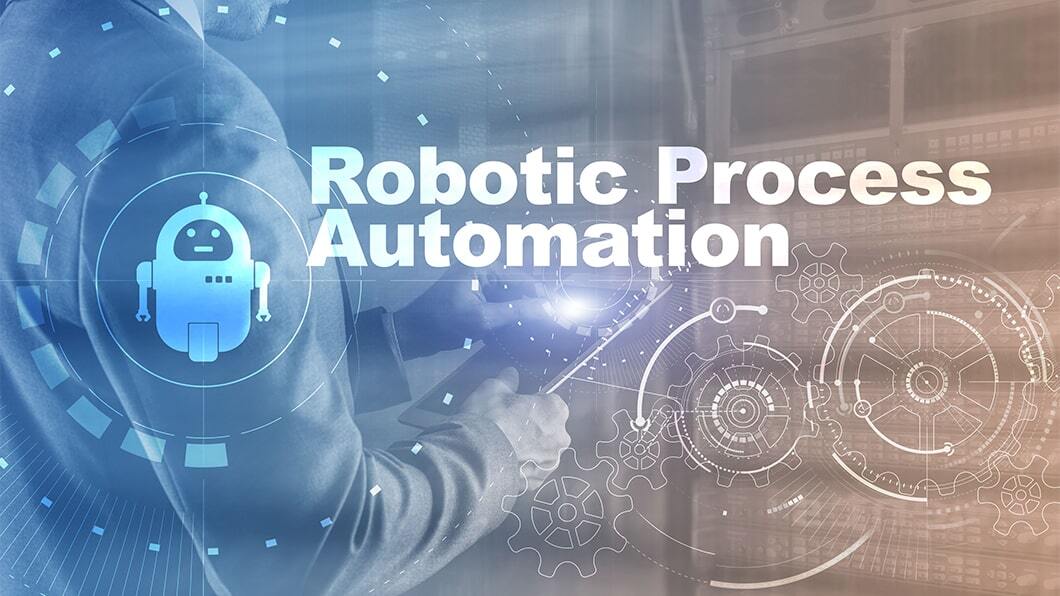
Robotic Process Automation (RPA) is a game-changer in the business world, revolutionizing the way organizations operate. With its ability to enhance efficiency, accuracy, and scalability, RPA empowers businesses to optimize productivity and reduce costs. By automating repetitive and rule-based tasks, organizations can allocate their workforce towards more strategic and value-added activities. As RPA continues to evolve and integrate with emerging technologies, its potential to transform business processes will only grow. Embracing RPA can unlock new opportunities for businesses to thrive in the digital era.
Robotic Process Automation (RPA) is transforming the way businesses operate by automating repetitive and rule-based tasks, improving efficiency, accuracy, and scalability. The benefits of RPA extend beyond cost reduction, enabling organizations to enhance customer experience, ensure compliance, and unlock the potential of their workforce. While implementation challenges exist, careful planning and consideration can lead to successful RPA deployment. As RPA continues to evolve and integrate with emerging technologies, organizations that embrace this transformative technology will gain a competitive edge in the digital era.
FAQ’s?
1. What is Robotic Process Automation (RPA)?
Robotic Process Automation (RPA) is a technology that uses software robots or “bots” to automate repetitive and rule-based tasks within business processes. These bots mimic human actions to interact with software applications and systems, performing tasks such as data entry, data validation, report generation, and more. RPA aims to enhance efficiency, accuracy, and scalability by reducing human effort and minimizing errors in routine tasks.
2. How does RPA differ from traditional automation?
Traditional automation typically involves programming specific instructions for machines to execute tasks. In contrast, RPA uses software robots that can be trained to learn and adapt to various processes without the need for extensive programming. RPA bots interact with existing systems and applications, mimicking human actions to automate tasks. This flexibility allows for faster implementation and easier maintenance compared to traditional automation methods.
3. What are the benefits of implementing RPA in business processes?
Implementing RPA offers several benefits for businesses, including:
- Increased Efficiency: RPA automates repetitive tasks, allowing employees to focus on more strategic and value-added activities, thereby improving overall efficiency and productivity.
- Improved Accuracy: RPA reduces human errors, leading to improved accuracy and data quality in business processes.
- Cost Reduction: By automating tasks, RPA reduces labor costs and eliminates the need for additional personnel to handle increased workloads.
- Scalability: RPA enables businesses to scale operations quickly and efficiently without significant additional costs.
- Enhanced Customer Experience: RPA speeds up processes, leading to faster response times and improved customer satisfaction.
- Compliance and Risk Management: RPA ensures adherence to regulations and reduces the risk of errors and non-compliance through automated checks and audit trails.
4. What types of processes can be automated using RPA?
RPA can automate a wide range of processes across various industries. Some common examples include data entry and validation, invoice and purchase order processing, report generation, customer onboarding, inventory management, and HR administrative tasks. Essentially, any repetitive, rule-based task that involves interacting with software applications or systems can be automated using RPA.
5. Are there any limitations or challenges to consider with RPA implementation?
While RPA offers numerous benefits, there are a few considerations and challenges to keep in mind:
- Process Complexity: RPA is most effective for repetitive, rule-based tasks and may not be suitable for highly complex or cognitive processes that require significant human judgment or creativity.
- Change Management: Introducing RPA may require a shift in organizational culture and mindset. Employees may need to adapt to new ways of working alongside software robots, and change management efforts should be carefully planned and executed.
- Scalability: While RPA offers scalability, organizations must plan for potential changes in process volumes and ensure that their RPA infrastructure can handle increased workloads.
- Security and Compliance: RPA deals with sensitive data, so organizations must prioritize data security, access controls, and compliance with relevant regulations.
- Maintenance and Governance: Regular maintenance and monitoring of software robots are necessary to ensure optimal performance. Establishing proper governance frameworks is important to manage and control the automation process effectively.
By addressing these considerations, organizations can maximize the benefits of RPA while navigating potential challenges effectively.





